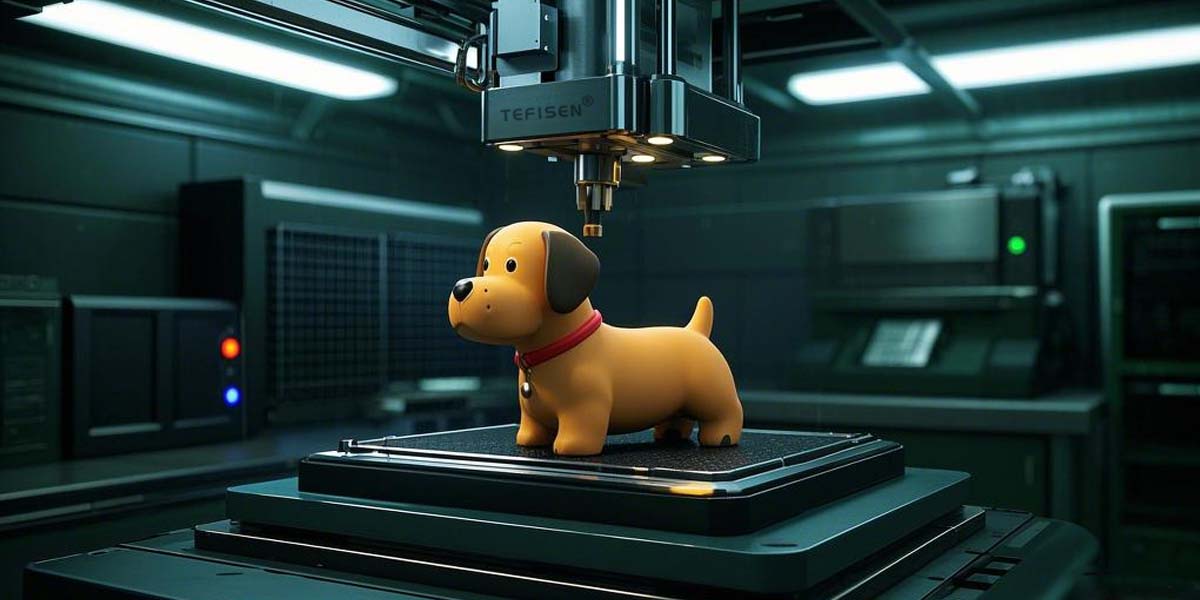The Journey of Domestic Pad Printing Machines: From “Naive” to “Confident”
【Abstract】This article explores the development of domestic pad printing machines, highlighting their challenging start and a 30% technology improvement from 2005 to 2015. With over 60% market share, their core technology is likened to magic, with components working in harmony. Models like Tefisen’s feature fully automated production and near 100% yield. Known for cost-effectiveness, they’re ideal for industries like plastic toys and small-batch customization, with a future focused on AI, data management & eco-friendly innovations.

Domestic pad printing machines, as a seasoned player in China’s manufacturing industry, have quite a legendary story to tell! Looking back on their growth journey, you’ll see it’s truly remarkable. From their early “trial and error” phase to today, they’ve firmly established themselves in the domestic market and even started to compete with imported brands for market share! This journey has been nothing short of an inspiring drama.
1. The Growth Journey of Domestic Pad Printing Machines
The start of domestic pad printing machines was anything but easy. In the beginning, China had limited technology, and many core technologies had to be imported. It was like learning to walk, stumbling along the way. But the Chinese people have a strong spirit of not giving up! While learning, they continued to innovate. Slowly but surely, domestic pad printing machines made breakthroughs in key technologies, gradually reducing their reliance on imported technology.
For example, from 2005 to 2015, the technological level of domestic pad printing machines improved by more than 30%. Over time, China not only mastered the core technologies but also began to catch up with, and even surpass, imported brands in precision, stability, and overall performance. Today, domestic pad printing machines hold more than 60% of the market share in China—this is no exaggeration!
2. The “Secrets” Behind Domestic Pad Printing Technology
Truth be told, the technological upgrade of domestic pad printing machines was no small feat. Do you know how it works? The core principle is almost like magic—using a silicone pad to transfer intricate patterns etched on a steel plate onto products. Don’t underestimate this technology; the coordination between components like the doctor blade and ink cup is crucial to ensure the ink is applied evenly and in the right amount, just like a high-efficiency team with clear divisions of labor.
The current domestic pad printing machines are also highly impressive. Take the Tefisen TFS-CP4-300S for instance: it is a fully automatic four-color pad printer equipped with an automatic loading and unloading robot, utilizing an image-based automatic registration system to achieve fully automated production with minimal human intervention. The yield rate is nearly 100%! If we compare it to a sharpshooter, it’s like “hitting the bullseye with every shot.” This means the printing effect is consistently stable, whether for large-scale production or small-batch customization.
3. Superb Cost-Performance: Your Wallet Will Be Happy
When it comes to cost-performance, domestic pad printing machines really shine! The price of domestic machines is typically only one-third to one-half of their imported counterparts. For example, a mid-to-high-end pad printing machine from an imported brand might cost around ¥150,000, while the same performing domestic machine would only cost around ¥70,000. This price difference is enough to make any finance department happy!
In addition to the lower price, the cost control of domestic pad printing machines is also top-notch. With a mature domestic supply chain, raw materials are cheaper, and the manufacturing process continues to improve. For instance, most core components of the TFS series pad printers are locally sourced, reducing the high costs associated with imported parts and avoiding production downtime caused by delays in part deliveries.
4. Attentive Service and Quick Repairs
Domestic pad printing machines offer far better after-sales service than their imported counterparts. Take Tefisen as an example: their average after-sales response time is just 1.5 hours! If there’s an issue with the machine, a technician will be on-site within 24 hours—like an “emergency rescue team,” which is incredibly reliable. On the other hand, imported brands often require several days of waiting due to time zone differences, language barriers, and technical issues, which can be really frustrating.
Moreover, domestic pad printing machines have a strong parts supply chain. Common parts such as silicone pads and ink cups can generally be delivered within 48 hours, preventing production delays due to missing parts. By now, don’t you think domestic pad printing machines are a lot more “user-friendly” than imported ones?
5. Wide Applicability Across Industries
Domestic pad printing machines are highly versatile! Whether it’s in plastic toys, electronic parts, or cosmetic packaging, you can find them everywhere. The bright, colorful patterns on toys in stores might just be the “work of art” of a domestic pad printing machine. In the electronics industry, they’re used to print letters on phone keys and brand logos on computer casings with precision.
According to market research, domestic pad printing machines hold a 70% market share in the plastic toy industry. Moreover, they are especially strong in small-batch customization, capable of easily handling a few hundred custom toys or several thousand electronic parts with ease.
6. Intelligent and Eco-Friendly: The Future Development Trend
The future of domestic pad printing machines is poised for even greater success, with intelligentization becoming the central theme. Through AI-driven big data management and robotic production, each product can quickly be customized for production. What other creative possibilities can you envision for the future?
In terms of environmental sustainability, domestic pad printing machines are making strides as well. The latest models have reduced energy consumption by 30%, which is a significant step forward for energy efficiency and environmental protection. As the country’s environmental standards continue to rise, the future of domestic pad printing machines will see even more innovations in both energy savings and environmental performance.
7. Conclusion: From “Naive” to “Confident”
From the early days of being “naive” to today’s “confident” self, domestic pad printing machines have grown into a powerful force in China’s manufacturing sector. Whether it’s in technology, cost-performance, or localized service, they have proven to be extremely competitive. With the accelerated trends of intelligentization and environmental sustainability, domestic pad printing machines are poised to capture even more market share globally and continue to compete with international brands.
The “journey” of domestic pad printing machines is like an inspiring story of perseverance and innovation, and it’s definitely worth watching. The future is bright, and we can’t wait to see what more surprises domestic pad printing machines have in store!

